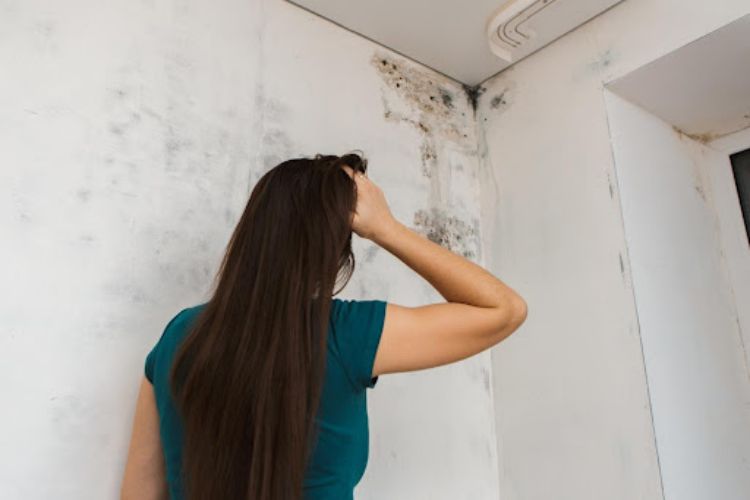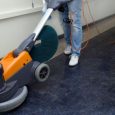
Research has shown that around 70 percent of homes are infested with mold. Even worse, 28 percent of people carry genes that put them at risk of developing health issues due to mold exposure.
Black mold, also known as toxic mold, is an even more hazardous species of mold that can result in severe respiratory illness. Under the right conditions, it can overtake a home in a matter of weeks.
It’s vital to take precautionary measures to avoid a black mold infestation. Thus, today we’re going to discuss how to prevent black mold before it becomes a potential health problem for you and your family.
Keep Moisture Out of Your Home
Mold relies on moisture to develop and thrive. Homes located in humid environments or near bodies of water are more susceptible to black mold. However, in the right conditions, black mold can develop in any home, condo, or apartment.
Some important tips to keep in mind include:
- Don’t leave wet clothes lying around the house, especially in piles
- Clean your bath towels at least once a week
- If you have a humidifier, get rid of it
- Clean any spills as soon as they occur
It’s also important to dry any condensation that forms around your home. Despite low humidity levels, condensation is most prominent during winter and typically affects windows and piping. As soon as these areas develop moisture, wipe them down pronto.
Do Monthly Spot Checks
On top of taking care of any moisture buildup, you should also actively be on the lookout for mold growth. Black mold can start to grow in less than 24 hours, so it’s better to catch the problem sooner than later.
Be sure to examine areas that are most prone to moisture.
These areas may include:
- Bathrooms
- Kitchens
- Attics
- Cabinets
Mold is most often found in basements because they’re prone to heavy moisture buildup and leaks. Many homeowners opt to use basement waterproofing services to mitigate mold growth in their basements.
Recognizing black mold is relatively easy as it has a distinct, musty smell. It’s usually leathery, cottony, rough, or velvety in appearance. Black mold will typically leave surfaces grey, black, or brown.
Be sure to check around air conditioners and furnaces for standing water. You should also inspect drain pans, drain lines, liner surfaces, and evaporator coils. If you find mold in your home, it’s best to contact a professional to take care of the issue.
Keep Your Home Well-Ventilated
Rather than ventilating the air in your home, most heating and cooling systems recycle the air. Thus, if your home is mold-infested, you’ll breathe the same toxic air continually. Over time, this can lead to asthma, sinus infiltration, and respiratory illness.
You can ventilate your home with HRVs (Heat Recovery Ventilators) or ERVs (Energy Recovery Ventilators). These ventilation systems filter out mold spores and release fresh air into your home.
Most modern homes are built with HRVs or ERVs. However, if you have an older home, it’s well worth investing in one of these ventilation systems. Between the installation and the system itself, you can expect to pay around $2,000 to $3,000.
How to Prevent Black Mold With These Three Easy Tips
Mold is a serious issue that affects the majority of homes across the United States. This is especially true in areas prone to freezing winters and high humidity levels.
Therefore, it’s essential to know how to prevent black mold before it becomes a potential health hazard. Some of the most vital tips include avoiding prolonged moisture, spot-checking for mold growth, and investing in an HRV or ERV ventilation system.
We hope these tips help you keep your home mold-free! If you’d like more information on maintaining your home, be sure to check out our other home-improvement guides!




